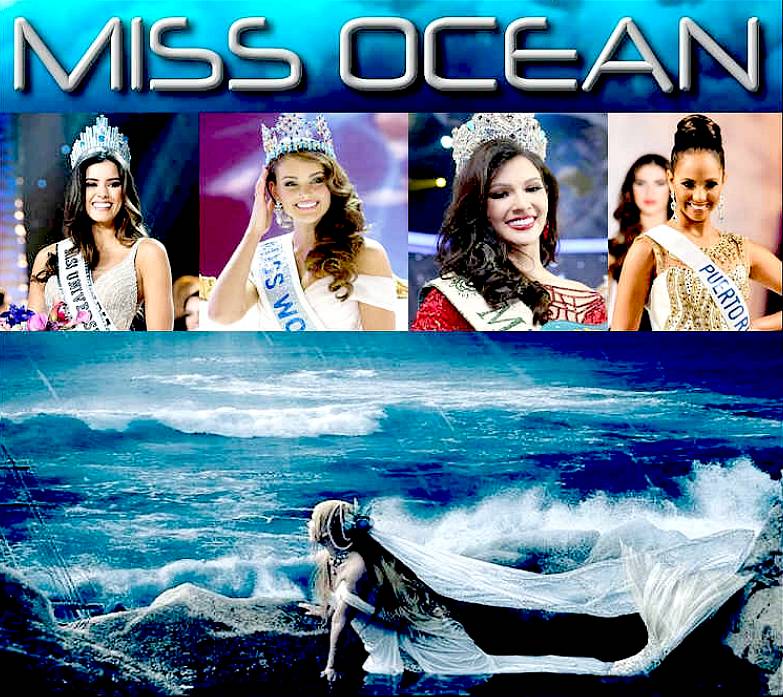|
SOUTHAMPTON
|
||||||||||||||||||||||||
|
MARINE
POLLUTION - Sewage is an unusual pollutant. Were it pure human domestic waste it would be as much a useful potential fertiliser as a potential pollutant. Unfortunately, sewage is almost always contaminated with various industrial wastes and other toxic materials added from surface water drainage. There is also the concern that it may contain viral and microbial particles hazardous to human health.
The first thing that you will notice if you visit Southampton City Council's website is that they appear to be breaking the law by not publishing the telephone numbers of their departments for contact purposes. Other council operate transparently - not this one! Why would anyone operate under such a cloak of secrecy? Frustrating at best and illegal at worst. It's not the way a council should be business.
EVENTS
From small scale community events, promotional and brand experiences to large one-off national and international events, Southampton really is the ideal city for your next event or activity. The city boasts many parks and green spaces and some of these are located right in the heart of the city centre. Find out more about organising your event or promotion in the city
ABOUT SCC
Southampton is a city and major port situated on the south coast of England. It is the closest city to the New Forest and lies at the northern-most point of Southampton Water, approximately halfway between Portsmouth and Bournemouth. The city represents the core of the Greater Southampton region. A resident of Southampton is called a Sotonian.
Southampton is also home to the SeaWork exhibition, usually held on the dockside to allow exhibitors to demonstrate their vessels to customers. I attended the 2006 show with Alex Martin, where we met up with Andy Fox to try out the Ecocat 28.
HISTORY
Although Stone Age settlements are known to have existed in the area, the first permanent settlement was established by the Romans. Known as Clausentum, it was an important trading port for the large Roman towns of Winchester and Salisbury.
The Anglo-Saxons moved the centre of the town across the River Itchen to its present location, and it remained an important port. At the time, it was centred around what is now the St Mary's area, and the settlement was known as Hamwic. This name was later to evolve into Hamtun, and later still to Hampton.
The Viking King Canute the Great is supposed to have defeated the Anglo-Saxon King Ethelred the Unready here in 1014 and his fabled attempt to "command" the tide to halt may have taken place in Southampton. However, its prosperity was assured following the Norman Conquest in 1066, when it became the major port of transit between Winchester (then the capital of England) and Normandy.
By the 13th Century, Southampton had become a leading port, and was particularly involved in the wool trade. The Wool House is Southampton's oldest surviving building, built in 1417, as a warehouse for the medieval wool trade with Flanders and Italy. This building is today used as the Maritime Museum, and can be found near Town Quay. It includes an exhibition concerning the RMS Titanic.
Bowls was first played regularly on the Southampton Old Bowling Green adjacent to God's House Hospital in 1299. It is the world's oldest surviving bowling green.
The town was sacked in 1338 by the French, including the pirate Grimaldi, who used the plunder to help found the principality of Monaco. After this attack, the city walls were built, some of which remain as ruins today. The city walls include God's House Tower, built in 1417, the first purpose-built artillery fortification in England. Today, it is open as the Museum of Archaeology.
The 12th century Red Lion pub on the High Street below the Bargate within the old walls is where in 1415, immediately prior to King Henry V of England's departure from Southampton to the Battle of Agincourt, the ringleaders of the "Southampton Plot", Richard, Earl of Cambridge, Henry Scrope, 3rd Baron Scrope of Masham and Sir Thomas Grey of Heton, were tried and found guilty of high treason, before being summarily executed outside the Bargate.
During the middle ages, shipbuilding became an increasingly important industry, which was to remain for centuries to come. The city became a county corporate in 1447.
Alex Martin (robotics engineer) - Seawork exhibition 2006
King Edward VI Grammar School was founded in the city near God's House Tower as a school for poor clergyman in 1553 by William Capon. Isaac Watts, one of its locally born alumni, wrote the words of the hymn O God Our Help In Ages Past, the melody of which forms the four-hourly peal of the Civic Centre clock chimes. King Edward's survives as a selective independent co-educational secondary school. The Watts memorial in the city's West Park - also known as the Watts Park - was unveiled in 1861.
The port was the original point of departure for the Pilgrim Fathers aboard the 'Mayflower in 1623. A memorial can be found on Town Quay. Since that time it has been the last port of call for literally millions of emigrants who left the Old World to start a new life in the USA, Australia, Canada, New Zealand, South Africa and other parts of the world.
The painter John Everett Millais was born in the city. Southampton Solent University's art gallery is named Millais Gallery [1] in his honour.
In common with most of the luxury liners of the time, the RMS Titanic sailed from here, and it is still an important ocean liner port frequented by luxury ships such as the RMS QE2, the MV Oriana, and most recently the Queen Mary 2. A memorial to the engineers of the Titanic may be found in Andrews Park, on Above Bar Street. There is a memorial to the musicians who played on the Titanic just opposite the main memorial. Also, the Maritime museum in Wool Hall includes an exhibition related to the vessel.
The city is home to Sir Edwin Lutyens' first permanent cenotaph, a memorial to the city's dead of World War I. When it was unveiled on 6 November 1920, it was 1800 names, later raised to 2008. It can be found in West (Watts) Park, opposite the Titanic memorial.
The Second World War hit Southampton particularly hard, partly because of its strategic importance as the major industrial area on the South Coast and partly because of the city's links to the Supermarine Spitfire fighter aircraft, which was invented and manufactured in Southampton. Pockets of Georgian architecture remain, but much of the city was levelled. The accuracy of the locally-based Ordnance Survey's maps did not go unrecognised by the Luftwaffe: the German bomber pilots used them to bomb Southampton.
The Spitfire was developed and initially manufactured in the suburb of Woolston. Its designer, Reginald Mitchell, grew up in Stoke-on-Trent, then had a house in Russell Place in the suburb of Highfield near the university (now identified by a memorial plaque). The plane was a direct descendant of experimental aircraft built by Supermarine that competed in the Schneider Trophy in the 1930s. Supermarine was taken over by Vickers in 1928. Mitchell's short life is documented in the film The First of the Few. On Sept 24th 1940, the Woolston factory was bombed, killing 100 workers, though not damaging the factory. Two days later, the factory was heavily damaged by bombing, and thirty more workers died, which interrupted production of the Spitfire for many weeks at a critical time of the UK's survival.
There were many aircraft companies based around Hamble, to the east of the city, from the 1930s to 1950s, including Folland Aviation, started by Henry P Folland, the former chief designer of Gloster Aircraft. Folland was taken over by Hawker Siddeley in 1960, and later as British Aerospace, the factory built the Hawk and Harrier. The history of the area's contribution to aviation is celebrated at the Southampton Hall of Aviation, near Itchen Bridge, and opposite the erstwhile site of the Woolston Supermarine factory. BOAC had a flying boat base in the docks serving British colonial possessions in Africa and Asia in the 1930s and 1940s. It closed in 1950 when land based aircraft became dominant. Nearby, Calshot Spit was a base for the military flying boat services.
Southampton was awarded city status in 1964 following a royal charter.
Low wash Ecocat 28 in Southampton Harbour
Economy
This is a chart of trend of regional gross value added of Southampton with Darwen at current basic prices published (pp.240-253) by Office for National Statistics with figures in millions of British Pounds Sterling.
Southampton today
In common with many British towns and cities, such as Coventry and Plymouth, Southampton was heavily bombed during the Second World War. Many historic buildings were lost as a result, but the old city walls remain, as does the Bargate, formerly the main gateway to the city at the northern end of the walls (Southampton has England's second-longest stretch of surviving Medieval wall, the longest being in York). The Bargate is often used as a symbol of the city, and is a prominent part of the city council's corporate identity. There are numerous large parks in the city centre. Most of Southampton's municipal services, including the library and the well-endowed art gallery are to be found in the Civic Centre.
The city is home to the University of Southampton, Southampton Solent University and West Quay shopping centre, which was the biggest city-centre shopping mall in Europe when it was opened. It is also the headquarters of Ordnance Survey, the UK's national mapping agency. The Lloyd's Register Group has announced plans to move its London marine operations to a specially developed site at the University of Southampton.[2] The local newspaper for the city is the Southern Daily Echo, a Newsquest publication.
Southampton has always been strongly connected with maritime history and developments. In particular, it is a primary port for cruise ships, its heyday being the first half of the 20th Century, and in particular the inter-war years, when it handled almost half the passenger traffic of the UK. Today it remains home to many luxury liners, as well as being a very important container port.
The outstanding harbour means it is the principal port on the south coast, and one of the largest in the UK. Sailing is a popular sport here. Much of this is centred around the Ocean Village development, a local marina which includes one of the South Coast's major independent cinema complexes, Harbour Lights. From 1977 to 2001 the famous Whitbread Around the World Yacht Race (now known as the Volvo Ocean Race) started in Southampton
The area of Swaythling is home to Ford's Southampton Assembly Plant, where the majority of their Transit models are manufactured.
Southampton is graced with many green spaces and parks. The largest of these is Southampton Common, parts of which are used to host the annual summer festival. The Common includes a Wildlife Centre on the former site of Southampton Zoo.
Southampton Football Club (a.k.a. the "Saints") is also based here, at St Mary's Stadium which was built in the early 2000's on the site of the old gasworks. It has a capacity of 32,000 and cost £32 Million to build. SFC's only notible win would be In 1976, "The Saints" won the FA Cup Final beating Manchester United 1-0 and it was a Southampton team member, Charles William Miller, who founded Brazil's first football club.
Hampshire's county Cricket ground is the Rose Bowl, Southampton, in nearby West End.
Government and politics
Formerly a County Borough within the county of Hampshire (to which it gave its name, the County of Southampton or Southamptonshire - this was officially changed to Hampshire in 1959 though the county had been commonly known as Hampshire or Hantshire for centuries), it became a non-metropolitan district in 1974. However, the city became independent administratively from that county as it was made into a unitary authority in a local government re-organisation on 1 April 1997. The district remains part of the Hampshire ceremonial county.
Southampton City Council consists of 48 councillors elected by thirds. After the 2006 local council elections on May 4, 2006 the Council is split evenly 16 seats each to the Liberal Democrats, Labour and the Conservative Party. Currently the council is run by the Liberal Democrats with Labour support.
There are three members of parliament for the city: Rt Hon John Denham (Labour) for Southampton Itchen (constituency for the east of the city), Dr Alan Whitehead (Labour) for Southampton Test (the west of the city), and Sandra Gidley (Liberal Democrat) for Romsey (which includes a portion of the north of the city).
Andy Fox and the Ecocat 28 at the Seawork 2006 exhibition
Transport
As befits Southampton's role as a major port, the city has good transport links with the rest of the country. The M27 motorway, linking places along the south coast of England, runs just to the north of the city. The M3 motorway links the city to London and also, by linking to the A34 road at Winchester with the Midlands and North. The M271 motorway links the M27 with the Western Docks and city centre.
Southampton is also well served by the rail network, used by both freight services to and from the docks, and passenger services as part of the national rail system. The main station in the city is Southampton Central. Routes run eastwards to Portsmouth and Brighton, north-east to Winchester and London, north to Reading, Birmingham and beyond, north-west to Salisbury and Bristol and west to Bournemouth, Poole and Weymouth. Southampton Coach Station was refurbished recently, and the range and frequency of services offered by the National Express Group increased to make use of the new facilities.
Southampton Airport is a regional airport located in the town of Eastleigh, just north of Southampton. It is connected to the city by a frequent rail service, and hosts flights to UK and near European destinations.
Whilst Southampton is no longer the base for any cross-channel ferries, it is the terminus for three internal ferry services, all of which operate from terminals at Town Quay. Two of these, a car ferry service and a fast catamaran passenger ferry service, provide links to Cowes on the Isle of Wight and are operated by Red Funnel. The third ferry is the Hythe Ferry, providing a passenger service to the town of Hythe on the other side of Southampton Water. Town Quay is linked to Southampton Central station by a free bus service.
Local transport is largely road based, with significant peak hour congestion in the city. The main bus operators are First, Solent Blue Line (who also operate the BlueStar service) and Uni-link, although other operators also run services into the city, including Stagecoach and Wilts and Dorset. However, local train services do operate in the central, Southern and Eastern sections of the city, serving Swaythling, St. Denys, Millbrook, Redbridge, Bitterne, Sholing and Woolston.
The Uni-link bus service was commissioned by the University of Southampton to provide access to students who are studying at the university to all parts of the city. The buses run from early in the morning to midnight meeting demands of students who wish to get to the city during the day and lesiure places in the evening such as Leisure World and West-Quay. The University includes payment for the service in the first-year students' compulsory accommodation fees, a policy which proved controversial when first introduced.
Within Southampton there are several districts and suburbs, including:
Bassett, Bassett Green, Bevois Valley, Bitterne, Bitterne Park, Bitterne Manor Chartwell Green, Chilworth Coxford Freemantle Harefield, Highfield Lordshill Lordswood Mansbridge, Maybush, Midanbury, Millbrook Northam, Nursling, New Town Old Town Polygon, Portswood Redbridge, Rownhams Shirley, Sholing, St. Denys, St. Mary's, Swaythling Thornhill, Townhill Park Weston, Woolston Notable people
Notable current and former residents of Southampton include:
Craig David (R&B singer) Benny Hill (comedian) John Jellicoe (admiral; commander of the British fleet at the Battle of Jutland) Matthew Le Tissier (footballer) Chris Packham (naturalist) Isaac Watts (writer of hymns)
Twinning
Southampton is twinned with:
Southampton is also a sister city of:
Trivia
Southampton was named "fittest city in the UK" in 2006 by Mens Fitness magazine. The results were based on the incidence of heart disease, the amount of junk food and alcohol consumed, and the level of gym membership.
External links
Southampton news, sport & information Southampton City Council and CityWeb Southampton traffic information and web cameras Pubs in Southampton - All of them Southampton Pubs, Inns, Taverns, Bars and Ale houses Southampton at Google Maps Discover
Southampton visit your event and promotion in the city http://www.discoversouthampton.co.uk/visit/your-event-and-promotion-in-the-city
HAMPSHIRE INDEX A - Z
MISS OCEAN WATERSPORTS PAGEANT - Is an event to raise money for practical research into ways to clean our extremely polluted seas.
|
||||||||||||||||||||||||
|
This website is Copyright © 1999 & 2015 Max Energy Limited, an environmental educational charity working hard for world peace. The names Miss Ocean™ and SeaVax™ are trademarks. All other trademarks are hereby acknowledged.
|
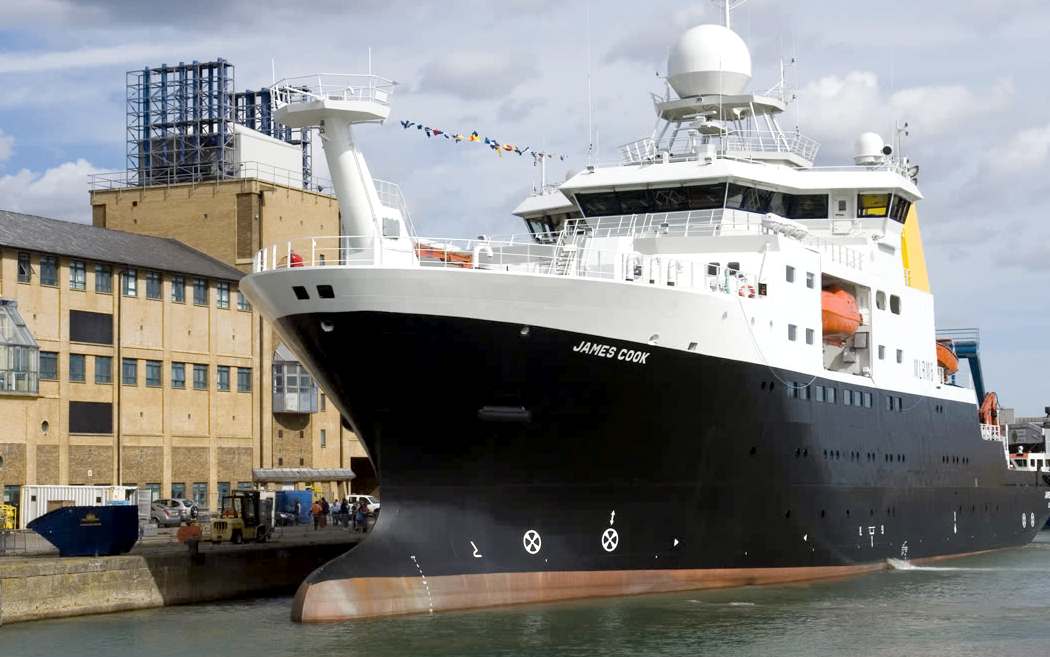
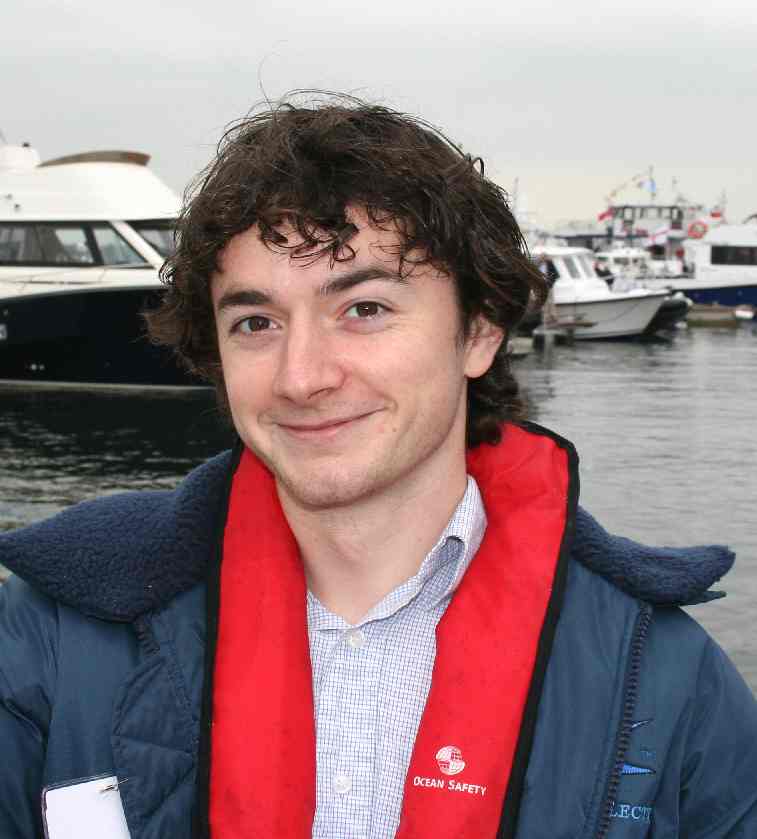
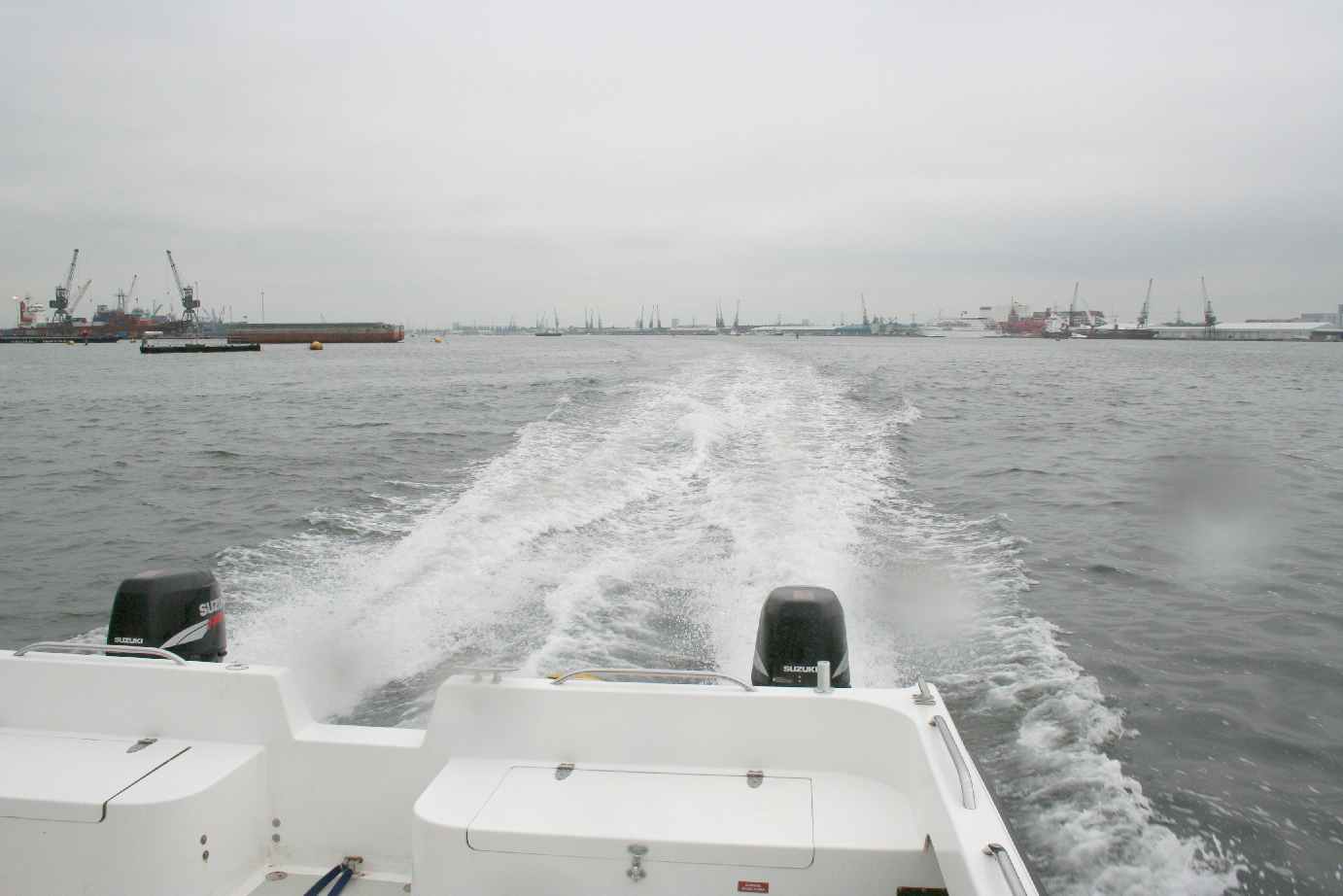
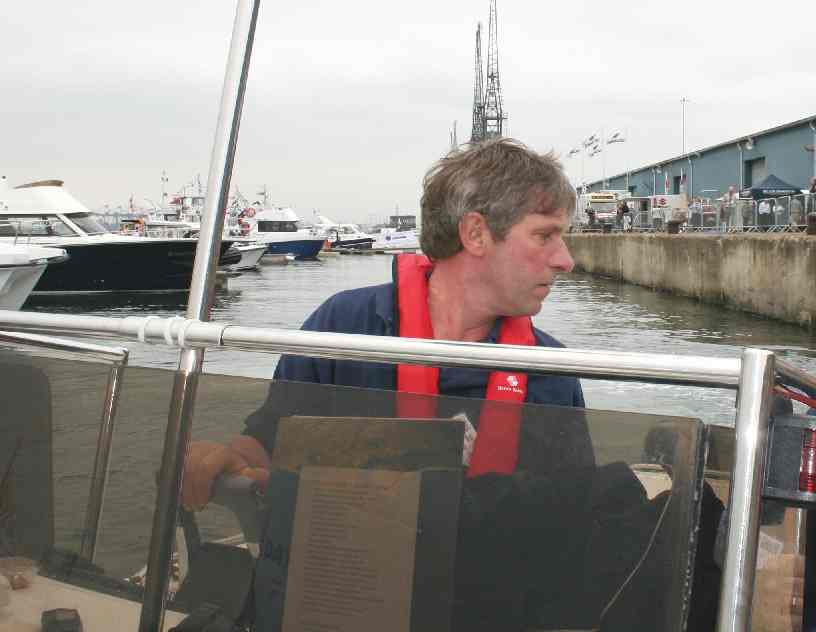
 Qingdao,
Qingdao, 